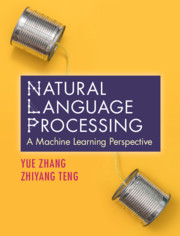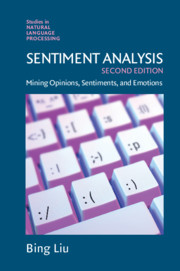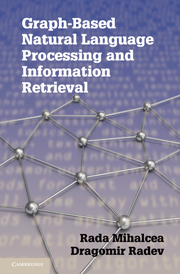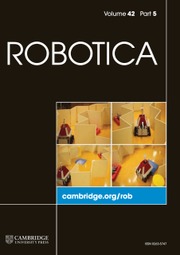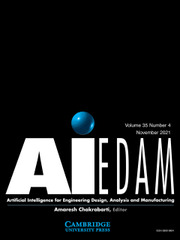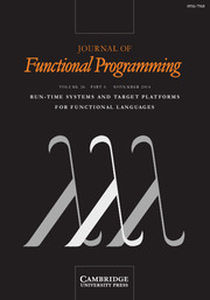Statistical Machine Translation
The dream of automatic language translation is now closer thanks to recent advances in the techniques that underpin statistical machine translation. This class-tested textbook from an active researcher in the field, provides a clear and careful introduction to the latest methods and explains how to build machine translation systems for any two languages. It introduces the subject's building blocks from linguistics and probability, then covers the major models for machine translation: word-based, phrase-based, and tree-based, as well as machine translation evaluation, language modeling, discriminative training and advanced methods to integrate linguistic annotation. The book also reports the latest research, presents the major outstanding challenges, and enables novices as well as experienced researchers to make novel contributions to this exciting area. Ideal for students at undergraduate and graduate level, or for anyone interested in the latest developments in machine translation.
- The first introductory guide to this burgeoning field - takes readers step by step through theory and methods
- Class tested by the author at universities and conference tutorials
- Accompanying website provides additional exercises and links to further resources
Reviews & endorsements
"Philipp Koehn has provided the first comprehensive text for this rapidly growing field of statistical machine translation. This book is an invaluable resource for students, researcher, and software developers, providing a lucid and detailed presentation of all the important ideas needed to understand or create a state-of-the-art statistical machine translation system."
Robert C. Moore, Microsoft Research
"This is an excellent introduction for someone interested in statistical translation. It is quite readable..."
Jeffrey Putnam, Computing Reviews
Product details
June 2010Adobe eBook Reader
9780511687594
0 pages
0kg
24 b/w illus. 70 exercises
This ISBN is for an eBook version which is distributed on our behalf by a third party.
Table of Contents
- Preface
- Part I. Foundations:
- 1. Introduction
- 2. Words, sentences, corpora
- 3. Probability theory
- Part II. Core Methods:
- 4. Word-based models
- 5. Phrase-based models
- 6. Decoding
- 7. Language models
- 8. Evaluation
- Part III. Advanced Topics:
- 9. Discriminative training
- 10. Integrating linguistic information
- 11. Tree-based models
- Bibliography
- Author index
- Index.


